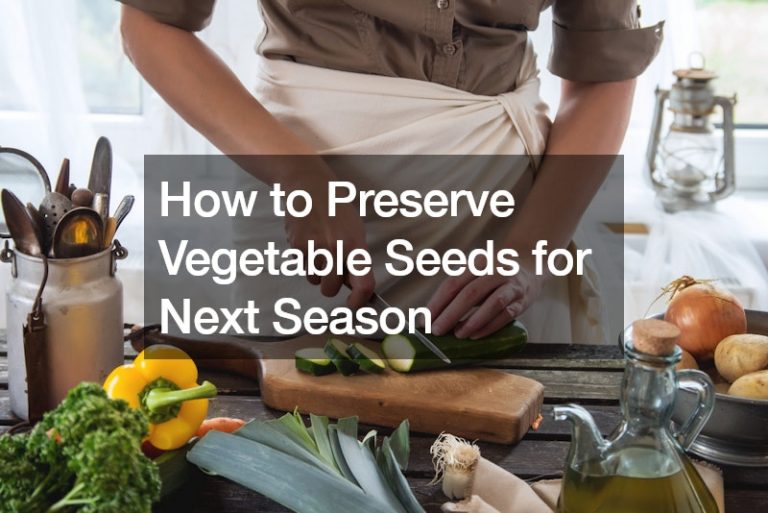In today’s uncertain times, the importance of self-sufficiency and sustainability has become increasingly apparent. One crucial aspect of this is preserving vegetable seeds for the next growing season. By saving seeds from your garden, you not only ensure a steady supply of fresh produce but also promote resilience and independence in your food supply.
In this guide, we’ll explore the simple yet essential steps to effectively preserve vegetable seeds for future planting.
Understanding the Importance of Seed Preservation
Saving seeds from your garden not only saves money but also ensures the continuity of desirable traits in your crops. It allows you to perpetuate varieties that perform well in your specific growing conditions, thus optimizing your garden’s productivity over time. Additionally, preserving vegetable seeds promotes genetic diversity, which is vital for resilient and adaptable crops in the face of changing environmental conditions.
Choosing the Right Vegetables for Seed Saving
Not all vegetables are equally suited for seed saving. Some, like tomatoes, peppers, beans, and peas, are relatively easy to save seeds from, making them ideal candidates for beginners. Others, such as carrots, lettuce, and kale, require specific techniques due to their unique seed structures. When selecting vegetables for seed saving, prioritize open-pollinated or heirloom varieties, as hybrid seeds may not produce true-to-type offspring.
Harvesting Seeds from Common Garden Vegetables
Each type of vegetable requires a slightly different approach to seed saving. Let’s explore some common garden vegetables and how to harvest their seeds:
- Tomatoes: Select ripe, disease-free tomatoes for seed saving. Scoop out the seeds along with the gel-like pulp and place them in a container. Ferment the seeds by allowing them to sit for a few days, then rinse and dry them thoroughly before storage.
- Peppers: Harvest fully mature peppers and remove the seeds from the core. Rinse the seeds to remove any remaining pulp and allow them to air dry on a paper towel.
- Beans and Peas: Allow the pods to dry on the vine until they turn brown and brittle. Shell the pods and remove the seeds, then spread them out to dry completely before storing.
- Carrots: Leave a few carrots in the ground to overwinter and produce seed stalks the following year. Harvest the seeds from the dried seed heads and store them in a cool, dry place.
- Lettuce and Kale: Allow the plants to bolt and flower, then wait for the seed heads to dry on the plant. Harvest the seeds and separate them from the chaff before storing.
Proper Storage of Vegetable Seeds
Once you’ve harvested and dried your vegetable seeds, proper storage is crucial to maintain their viability. Store seeds in a cool, dry place away from direct sunlight and moisture. Use airtight containers or resealable bags to prevent exposure to air and humidity, which can decrease seed viability over time. Label each container with the type of vegetable and the date of harvest to ensure accurate identification and rotation of seeds.
Final Thoughts
Preserving vegetable seeds for next season is a rewarding and practical endeavor for any home gardener. By saving seeds from your garden, you not only ensure a continuous supply of fresh produce but also contribute to the resilience and sustainability of your food system. With a little knowledge and effort, you can enjoy the satisfaction of growing your own food year after year, all from the seeds you’ve carefully preserved.
.

